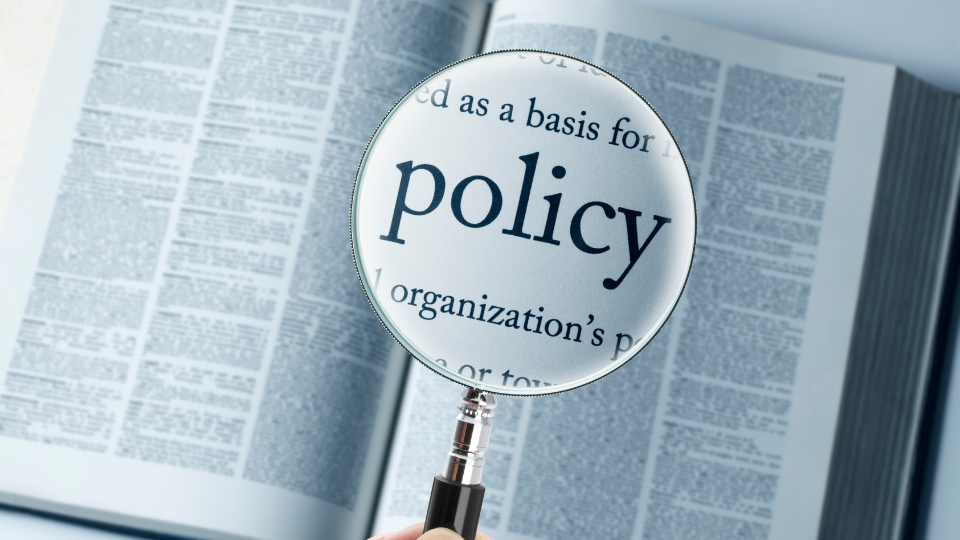Controlling demand-pull inflation involves reducing the aggregate demand in the economy or increasing the aggregate supply to meet the elevated levels of demand. Here are some of the key strategies that governments and central banks can use to manage and control demand-pull inflation:
1. Monetary Policy Adjustments
Raising Interest Rates: Central banks can increase interest rates to make borrowing more expensive. This dampens both consumer spending and investment by increasing the cost of loans for homes, cars, and business expansions.
Reducing the Money Supply: By selling government bonds through open market operations, central banks can reduce the money supply in the economy. Less money circulating in the economy can reduce spending and help cool down demand.
2. Fiscal Policy Measures
Increasing Taxes: Governments can increase taxes to reduce disposable income, thereby decreasing consumer spending. Higher-income taxes or consumption taxes (like VAT or sales tax) can effectively reduce the amount of money consumers have to spend.
Reducing Government Spending: Cutting back on government expenditures, especially on public projects and non-essential services, can also reduce the total demand in the economy. This is a direct way to pull back on any government-induced demand pressures.
3. Supply-side Policies
Improving Productivity: By investing in technology, infrastructure, and education, governments can enhance productivity and efficiency within the economy. This leads to increased output without corresponding increases in costs, helping to meet elevated demand levels without increasing prices.
Deregulation: Reducing red tape and removing unnecessary regulations can make it easier for businesses to expand and increase production. This can also encourage new businesses to enter the market, increasing overall supply.
Promoting Competition: Encouraging competition by reducing barriers to entry in different sectors can increase supply as more firms compete to offer goods and services, often leading to price stabilization.
4. Exchange-Rate Policy
Appreciating the Domestic Currency: By taking steps to strengthen the domestic currency against foreign currencies, imports become cheaper. This can reduce the demand for domestic goods and services when cheaper imported alternatives are available, helping to control inflation.
5. Wage Control
Implementing Wage Restraints: Although controversial and difficult to implement, wage controls can directly address built-in inflation, which is a reaction to rising prices. By limiting wage increases, the government can prevent the wage-price spiral that further fuels inflation.
Example of Implementation
During periods of economic boom, central banks often raise interest rates to prevent the economy from overheating. For instance, the Federal Reserve in the United States has periodically raised rates during economic expansions to temper excessive borrowing and spending, which can lead to inflation.
These measures can be used individually or in combination, depending on the specific economic circumstances and the causes of the demand-pull inflation. The goal is to achieve a balanced approach that dampens excessive demand without stifling economic growth.

